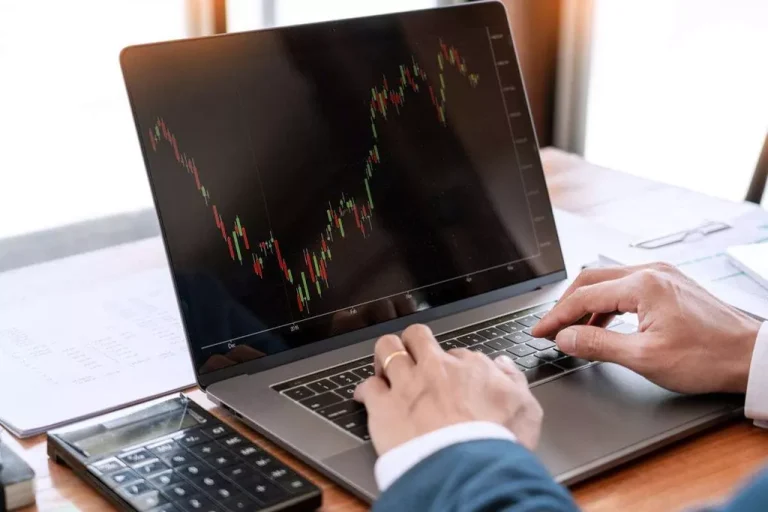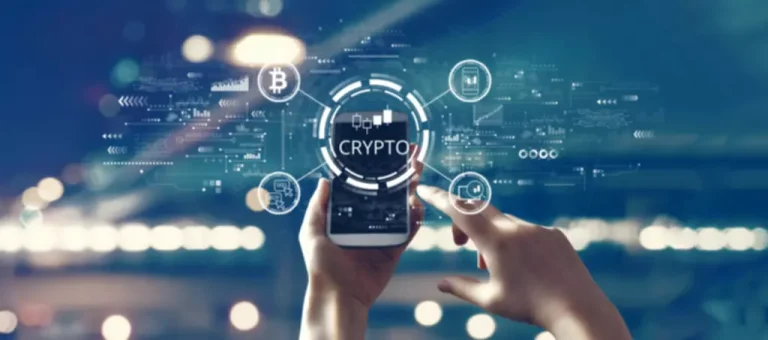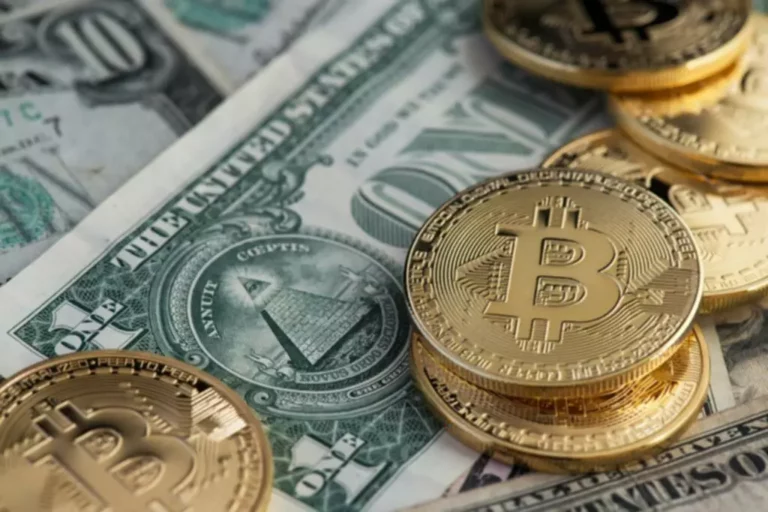Because token burns can positively influence worth action, a burn event could be thought of manipulative if the reasons for it and the anticipated outcomes are not communicated clearly. In an trade the place transparency and accountability are important, any perceived deception from a project proprietor could probably be harmful. There are many causes for a token burn to take place – some planned, some reactive. Fundamentally, a token burn alters the balance of supply and demand, and as assets are being taken out of supply, which creates more scarcity, the value of that asset should in theory rise.
If the market price of a stablecoin drifts under its pegged worth, it suggests a surplus provide out there. In such scenarios, burning some stablecoins reduces the provision, which might help push the worth back up towards its pegged worth. This process, while seemingly simple, has profound implications for the cryptocurrency’s ecosystem, its value, and its stakeholders. If it considerations the provision and demand, you might marvel does coin burn enhance the worth of the remaining coins? However, the coin burn does greater than that, which we will discuss in this article. One of the major disadvantages of token burning is the potential for perceived price manipulation.
While PoW blockchains like Bitcoin „prove” their data by fixing advanced algorithms, PoB nodes „show” every transaction is legitimate by showing they despatched a portion of cryptocurrency to a burn handle. PoB and PoS share a connection as a end result of both systems ask nodes to make use of the chain’s native cryptocurrency to confirm blocks. However, on PoS networks, folks lock their assets on a blockchain quite than burn it. Token burning refers to the apply of permanently eradicating coins from a cryptocurrency’s total supply. This is often completed by sending the cash or tokens to an address whose non-public keys aren’t recognized, effectively rendering these tokens inaccessible. By removing tokens from circulation, token burning results in a lower in the whole number of tokens obtainable to be used.
Privateness Coins: What Are They & How Do They Work
It could be seen as an indication of a project’s commitment to maintaining a secure token value or even increasing it. This can, in flip, increase investor confidence and probably drive additional demand for the token, resulting in a optimistic suggestions loop of increasing worth. Every strategic action has its benefits and downsides, and burning crypto is not any exception. Understanding these execs and cons can supply insights into the broader implications of such actions in the cryptocurrency domain.
As the name suggests, a crypto token burn is the deliberate act of completely ‚destroying’ a set number of tokens to take away them from the entire circulating provide. More particularly, this happens by establishing a ‘burn’ or ‘eater’ handle for tokens to be despatched to. This tackle is exclusive and intentionally engineered to solely retrieve cryptocurrencies. The pockets can not return a non-public key — also known as a seed phrase — making it inconceivable for its property to be accessed and spent or despatched to other addresses. This motion, in impact, destroys the cash despatched to the wallet by locking them up in a spot where no individual or entity has possession — effectively removing them from the provision. Cryptocurrency initiatives typically advertise new burning options to spice up the value of their cash or tokens, however there’s no way to guarantee burning impacts a cryptocurrency’s worth.
As mentioned earlier, transactions should have a value to prevent the community from being spammed with faux transactions. One method to accomplish this is to mechanically burn a portion of every transaction fee. The basic economic legislation of supply and demand dictates that if the availability of something decreases, then the value will have to rise, assuming demand remains fixed.
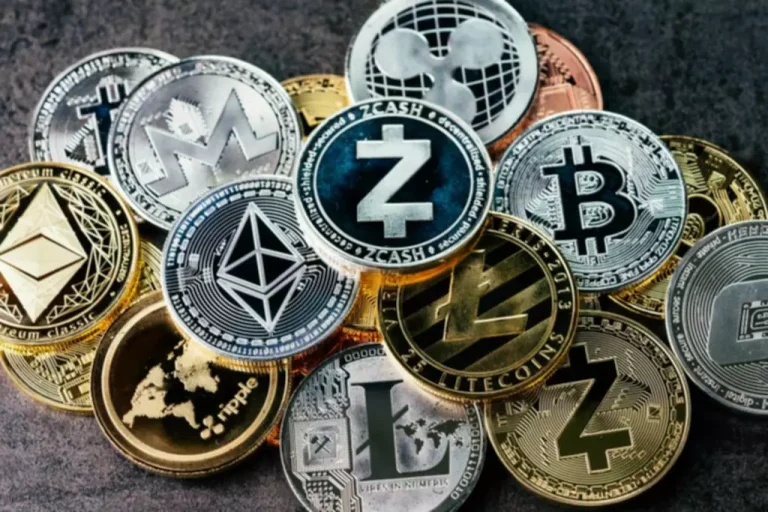
For instance, a certain share of transaction charges may be burned routinely with every transaction. In addition to its economic implications, burning also has technical ramifications. Depending on the cryptocurrency’s underlying protocol, burning can affect varied features, from transaction prioritization to consensus mechanisms. EIP-1559 introduced a significant replace to the payment market of Ethereum with the arrival of charge burning. Through charge burning, ETH is burned each time the Ethereum network is used, causing the asset to be deflationary.
Coin Burning At The Protocol Degree
• In a PoB community, miners have to burn a few of their cash to mine new blocks. It sounds counter-intuitive, however miners then receive rewards in the type of new cash, after they confirm a new block of transactions. When crypto burning is embedded as a part of an algorithm’s verification system, transactions are routinely verified. These protocols save resources while maintaining a fluid, active network.
- Crypto burns are thought-about noteworthy events as a end result of the act of destroying tokens is irreversible.
- As previously talked about, imposing a cost on transactions helps prevent the community from being overwhelmed by fraudulent actions.
- Even so, in the lengthy term, burning tokens are probably to support an asset’s worth and is taken into account a positive transfer.
- So when a consumer is in a position to reclaim their Solana tokens, the mSOL should be burned so as to preserve an correct circulation variety of mSOL to SOL within the protocol.
- With proof of burn, crypto miners must burn their own tokens to earn the right to mine new blocks of transactions.
- Some projects are now tying burning mechanisms to specific actions or milestones.
Some coins use proof-of-burn (PoB) as a consensus mechanism on the community. This requires both miners and customers to burn some of their coins frequently. Proponents of this technique think about it an environment friendly means of verifying transactions as a end result of it does not use any real-world assets. Proof of burn is a consensus mechanism that requires miners to burn a set amount of cash in their private possession to realize entry to mine a block.
Advocates of PoB think about it an effective means for transaction validation since it does not rely upon substantial real-world sources. Often, PoB entails a cyclical means of generating new cash and burning a segment of the current provide. Sometimes burning crypto has little or no impact on a token’s worth, and scammers have usually used masked burning occasions to try to steal crypto from investors. And there have been several well-known coin burns, typically beginning in 2017. The second class involves developers who might decide to burn coins so as to management the supply of cash so as to manage inflation.
Although burning a cryptocurrency reduces its supply, it does not affect market demand. In classical economics, the forces of supply (the availability of goods or services in a market) and demand (how many individuals need these items or services) decide the fair value of an asset. If there’s extra demand for a coin than provide on an change, its market price rises—but the other is true if provide increases without sufficient demand. Proof-of-Burn (PoB) is an algorithm that makes use of burning to help computer systems (called “nodes”) reach consensus on a decentralized blockchain network. In this mannequin, nodes validating transactions should burn a proportion of their coin holdings to have a chance to confirm new blocks on the payment ledger and obtain rewards. Although PoB isn’t as mainstream because the Proof-of-Work (PoW) and Proof-of-Stake (PoS) consensus models, it combines components from these techniques along with its distinctive burning mechanism.
As Donations In Crypto Rise, What Does It Imply For Taxes?
Project house owners may take this approach to increase the worth of the tokens they hold. In traditional finance, this motivation is much like a publicly traded firm shopping for again inventory to scale back the number of shares in circulation. The content of this article (the “Article”) is offered for basic informational purposes only. At the time of writing, PoB is certainly one of the most experimental consensus mechanisms in cryptocurrency, and just a few small initiatives use this methodology. Although proponents declare PoB is a sustainable and dependable way to preserve consensus on blockchains, many questions remain about its long-term viability. Imagine a situation the place the demand for a stablecoin increases, resulting in its worth exceeding the intended dollar peg.
At its core, burning crypto refers back to the deliberate act of constructing a sure amount of cryptocurrency permanently inaccessible. For project owners, it’s clever to assume about the various different disadvantages earlier than committing to a token burn. Coin burns hold a crucial role in the world of stablecoins, the place they’re instrumental in preserving the peg of the stablecoin to a fiat currency, just like the dollar. While SHIB has a loyal cadre of buyers, some question the deserves of the SHIB coin burning. • In 2017, for instance, Binance Coin (BNB) started its series of quarterly burns.
Typically, they come paired with a personal key, offering means to open the vault. In the case of burning crypto, however, cash are sent to a “burner” or “eater” handle with no identified personal key. A coin burn quite literally https://www.xcritical.in/ locks away digital assets and throws away the personal key. Cryptocurrency burning is the process during which users can take away tokens (also called coins) from circulation, which reduces the variety of cash in use.
Purposes For Coin Burning
For example, token holders involved with a revenue-generating business, like a cryptocurrency change, would possibly receive advantages by way of the mechanism of coin burning. This method serves as an different selection to traditional dividend payments, providing a singular approach to distribute value burning crypto meaning to coin homeowners. The token burning mechanism in cryptocurrencies is ruled by particular rules and methods. The commonest method is to switch tokens to a wallet handle that is essentially non-functional, thereby effectively withdrawing them from active circulation.
Most of the time, it is the builders of a cryptocurrency who determine to burn a particular amount. Coin burning reduces the provision, making tokens of that cryptocurrency scarcer. By committing to burn a certain quantity of their native cash frequently, they goal to scale back its general provide over time, probably boosting its value. Periodically, Binance commits to burning a portion of its native BNB tokens.
What Does Burning Crypto Mean? How Token Burn Impacts Investors – CoinGape
What Does Burning Crypto Mean? How Token Burn Impacts Investors.
Posted: Fri, 10 Feb 2023 08:00:00 GMT [source]
It operates on the precept of allowing miners to burn virtual currency tokens. They are then granted the proper to write blocks (mine) in proportion to the cash burnt. By following this sequence, projects ensure that the token burn is carried out transparently, effectively, and in the best pursuits of the neighborhood and stakeholders.
Smart Contract Safety: Novices Guide
Technically, to provoke the burning of coins, they’re despatched to a wallet whose tackle is invalid or non-retrievable. In the case of crypto coin burns, though, the reasons could be more complicated. When a cryptocurrency neighborhood decides that they need or need to destroy models of a particular cryptocurrency, they use a course of referred to as coin burning. Burning crypto is the method that successfully takes those tokens out of circulation, lowering the total provide of that coin and in some cases growing demand. One of the primary reasons coin burning has caught on lately is as a result of it permits cryptocurrencies to start out at low-cost prices and then artificially increases their value as soon as people have invested.
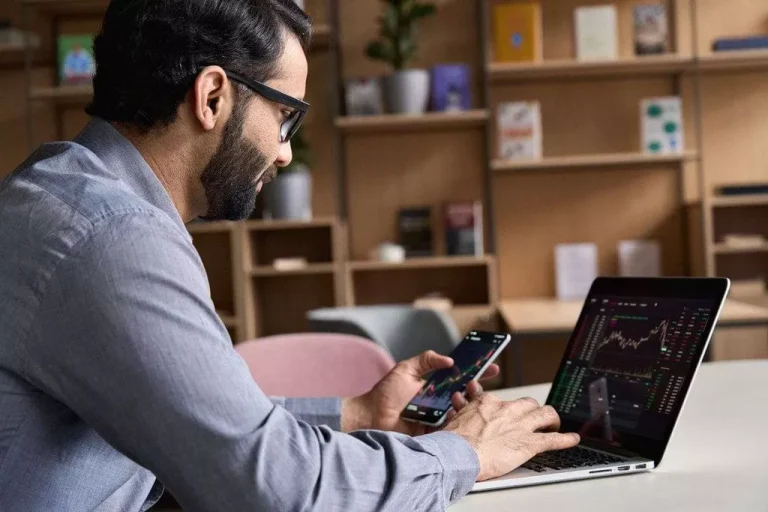
This methodology helps to forestall the monopolization of the network by early adopters or heavily funded mining teams, as the issue of mining will increase together with the expanding provide of cash. In a boon to these who’ve chosen a HODL strategy, the homeowners could purchase back tokens from holders and burn these cash, thereby increasing the value of everyone’s crypto. This may occur in lieu of traditional dividends which might set off securities laws. The burn course of could occur as a one-time event or a regularly scheduled one. Obviously, crypto burning has some upsides for the platform and for sure users, but as extra projects embark on coin burnings, it pays to keep the downside in mind as well. The motivation is often to increase the value of the remaining tokens since belongings are inclined to rise in value each time the circulating supply falls and they turn out to be extra scarce.
The extra people who wish to buy, maintain, or use Bitcoin, the quicker the price will are probably to rise because there are solely so many coins to go around. As long as the demand stays fixed and the provision stays limited, the value of Bitcoin could hold rising in comparability with any fiat forex. With the rise of decentralized finance (DeFi) protocols, coin burning has turn out to be more frequent. “Some blockchains also have a built-in mechanism built-in into the protocol that burns the tokens when needed,” Cerba stated. Other participants can mine/burn on top of your block, and you may also take the transactions of other individuals to add them to your block.
That’s as a outcome of the PoB consensus mechanism, which requires burning coins to validate transactions, helps to stimulate the mining of new coins. They obtain one for each Solana token, generally known as SOL, staked, or locked up, through Marinade’s platform. On Solana’s blockchain, these liquid staked tokens managed by way of Marinade show up as mSOL. So when a person is in a position to reclaim their Solana tokens, the mSOL should be burned in order to maintain an correct circulation variety of mSOL to SOL in the protocol.

